|
When and how often professional saddle fits are required varies with each horse, rider and saddle combination. Here are some of the reasons.
0 Comments
Obvious signs of a saddle not fitting will be when the horse has a sore back but there are many more to watch out for. Some are things you can see such as muscle atrophy, white hairs, rubbed hair, ruffled hair, dry patches after work where the saddle presses. These have all been discussed in our previous blog/post - "Basic Saddle Fitting - What you should check everytime you ride".
Others signs relate to the horse’s behaviour – either as you go to put the saddle on, girth up or when you are mounting and riding. Some of the ridden signs creep in slowly. Maybe your horse used to do great transitions but now resists or perhaps once he was easy to sit to but is now like a board. Watch out for horses that are heavy in the hand – this can be due to inadequate wither and spinal clearance – it hurts them to come up in front, and horses that have difficulty turning and bending. This can be from a range of saddle issues such as too long and putting pressure over the loins or incorrect gullet width putting uneven pressure at the tree points. Another big red flag is horses that struggle going down hill. Honestly – get this checked out!!! If your horse shows any of these signs you more than likely will need a saddlefitter but in the meantime you may be able to help by riding with a riser or a pad. You need to work out why the problem is happening and not just assume that these solutions will fix all problems as in some cases they will make it worse. This is where it is essential you have a basic understanding of how a saddle should fit. If your saddle is fitting low in front, affecting the balance and also not giving enough wither clearance then a front riser may be a great temporary option. However, if it is sitting low behind due to being too tight for the horse, adding a pad will just make it tighter and hurt your horse more. Riders should always be present when saddle fitters work on their saddle so they understand what is being done. This is not only so the saddle fitter can see the horse and rider work in the saddle and fit the saddle dynamically (as opposed to just statically, when the horse is standing) but also as often saddle fitters will explain what may happen in the future as the horse changes shape. Build a good raport with your saddle fitter. Don’t chop and change. They get to know your horse, what he/she likes and how they change. This is all valuable information and is lost if you move from one fitter to another. If you have a good relationship with your fitter they are more likely to squeeze you in should a problem arise and you need their help. Hopefully you won’t but you just never know! Oh No! I can hear you say!
Not something else to do before I ride! I will never find time! This check is not very onerous at all and will become second nature! A lot of it is about safety and all of it is to prevent your horse being uncomfortable and perhaps not working well or becoming sore. Every day when grooming your horse, you should check for any soreness. Does your horse react to the curry comb or brush? Are there any swellings, white hairs or rub marks anywhere on his/her saddle platform area? Look at your horse’s posture, not just when you have them tied up but how are they standing in the paddock when you go to bring them in. Are they square? Are their hindlegs out behind them or too far underneath them? Or perhaps their front legs are stretched out in front of them? All these pieces of information may alert you to something not being quite right before it is an actual problem. Stand back and look at their topline. Is it developing as you would like or are there areas that still need developing? Are there areas that have dropped off? Important areas are anywhere along the spine and particularly where the saddle sits. Atrophy (muscle wastage) in this area points to pressure and needs to be addressed ASAP. A good idea is to take a photo of your horse standing square monthly so you can notice any differences. Perhaps every pony club rally could be a good day or maybe the 1st of the month. Then when you go to put the saddle on your horse what is his/her behaviour like? Also when you do up the girth. If your horse shows any signs of being grumpy or uncomfortable this needs to be investigated and not ignored. When your saddle is on and before it is girthed up it is useful to check for rocking or bridging. If you place one hand on the pommel and one hand on the cantle and lightly press each alternatively there should not be any rocking of the saddle. It should stay stable. Then slide a flat hand underneath the panel from front to back by coming underneath the flap. It should make even contact the whole way along and not just contact at the front near the shoulders and then at the back which would indicate bridging. Once girthed up, the saddle should be balanced so the deepest part of the saddle is in the middle. This is important as if it is not, you will be fighting your balance the entire ride. If the deepest part is too far forward the rider will feel like they are continually tipping forward. This can happen quite quickly if the horse drops condition and may require a pad or riser until your fitter can revisit. If the deepest part is too far back the rider may sit in a chair seat and put too much pressure on the horse’s back. This can happen if the horse builds up and needs a wider gullet/saddle and if not addressed quickly will result in atrophy at the back of the saddle platform area, making the balance even worse. After riding, take your saddle and saddle blanket off in a way that you don’t affect the way the horse’s coat lies. It can tell us a lot about saddle stability. Look for any signs of ruffling or rubbing and make note of any excessive sweat or dry patches. Take a photo to show your fitter if you see any. Then when washing or brushing check for any soreness, both immediately after untacking and again when your horse has cooled off – perhaps when you change rugs. So all of the above actually only takes a few minutes, if that, and can make all the difference between a good ride and a disastrous one, not to mention being able to address a problem before it happens! What is actually inside your saddle and have you ever thought how each part affects the fit and comfort for both the horse and rider? The saddle is the interface between the horse and the rider and needs to suit both so that they are comfortable and able to communicate with each other. This is very important! A bean bag placed on the horse’s back could be comfortable for both horse and rider but would minimise a lot of the way the rider could communicate using his/her body, forcing them to rely more on peripheral and auxiliary aids such as hands/reins and whips. Much better is a saddle that evenly distributes the rider’s weight over areas of the horse’s body that can weight bear whilst completely avoiding contact with structures that should not have pressure. Most English saddles have a solid structure inside them called the saddle tree. This is like the skeleton of the saddle and is made of wood (either solid or laminated), polyurethane or plastic. The tree gives the saddle its shape. Some trees are flatter whereas others are more curvy. They will also vary in width and length and the rails will influence how the panels will lie. When you look closely at different saddle trees it is easy to see how essential it is that the actual tree suits the horse and that no amount of packing in the panels will make up for an incorrect tree choice. The tree material determines how flexible the saddle is and some horses prefer a flexible tree whereas others prefer a more solid tree. Saddles that have changeable gullets need a flexible tree to allow the huge range in gullet widths that may be inserted. This range just would not be possible with a wood tree. This is why wood trees with metal gullets that require pressing should only be pressed according to manufacturers’ instructions. Most of these will state that they should only be pressed in or out one size, 3-4 times throughout the saddles’ life. Something to think about if your horse is very young and you feel it is going to change a lot. Also remember that there is no industry standard requiring saddles to be stamped when adjusted so if you buy second hand you have no way of knowing if it has been done. Head plates may crack from metal fatigue if pressed too often or made to change shape too much.  Gullets come in different shapes, widths and orientation. Some are more open at the head like an upside-down U whereas others are more like an upside-down V. Some gullets angle forwards and flare out, most are straight or vertically positioned and some angle backwards. Add to this the fact that they can all vary in length, there a lot of ways this area of the saddle can vary. Just as well when you consider how different horses can be in their conformation! Between the tree and the horse’s back there are the panels which may be filled with flocking (natural wool or synthetic), air or foam or a combination of all of these. They may or may not have a foam or felt lining to ensure a smooth surface for the horse’s back. No one type of flocking is better than the other. What matters is that the correct flocking is used to compliment the tree and the fit of the horse. A more flexible tree needs a firmer flocking whereas a more rigid tree is better with a type of flocking that is springier and softer. The panels will follow the contours of the rails of the tree of the saddle and these should match the shape of the horse's back from all dimensions. Often gussets will need to be added to saddles in front or behind to allow the saddles to be balanced properly. 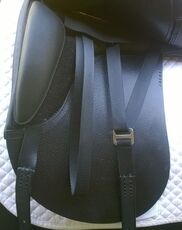 Whilst not strictly inside your saddle but certainly under the top flap are the girth points. These are so important to ensure your saddle stays where it is supposed to stay on your horse’s back. Different saddle brands have different girthing options. The furthermost front strap can only be as far forward as where the gullet of the saddle is. This is known as the point strap. For horses with very forward girth grooves this strap is a lifesaver! It helps to keep the saddle back off the horse’s shoulders but when used it needs to be balanced either with a balance strap or a self-adjusting running-Y back strap. Then between these two girth positions there may be 2 or 3 other options, depending on the saddle brand. All have their own use, depending on the horse being fitted. When you have your saddle fitted you need to make a note as to which straps your fitter recommends for your horse. It can make the world of difference to saddle stability and freedom of movement, not to mention safety as some horses get quite wild about saddles moving up over their shoulders! 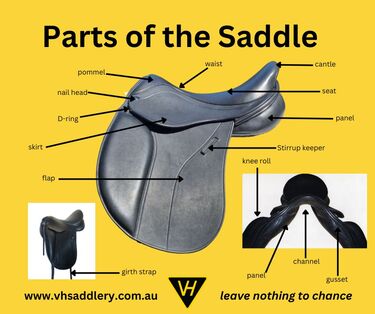 The parts of a saddle that all D* riders need to know are Girth Stirrups Pommel Stirrup leathers Seat Cantle Waist Gullet Stirrup Bar Sweat Flap Can you name these parts correctly? Most are labelled on the diagram, including some other parts that are useful to know such as Channel Panels Gussets Skirt D rings Nail heads Stirrup leather keepers Click here for a link to an unlabeled version of the above diagram which makes a great activity sheet for pony club and riding school camps. Other parts that we believe are also important for riders to know are Saddle tree (not visible unless the saddle is opened) The twist of the saddle which is the area between the rider's upper thighs and Boot or sweat guards (as these can become worn or may be added to saddles if they start to wear in the area when the rider's boots may rub on the bottom of the saddle flaps). And finally some concepts that are important for riders to understand are Gullet variations – shape, length, angle, position Different types of girth points – long or short, point or behind point, self adjusting, balance strap Tree shapes and materials Materials used to fill panels Stay tuned – we will be discussing these in detail in our next post/blog as well as at the talks at the VH Saddlery Pony Club WA State Dressage Championships. VH Saddlery is so proud to be the naming rights sponsor of this years Pony Club WA State Dressage Championships!
Not only will we be having a stand on the grounds for the duration of the event, including the VIP evening, we will be presenting a series of talks about everything you need to know about saddles! From the basics to detailed discussions about parts, materials and fit and what you as riders can do to ensure your saddles fit all the time. Learn about quick checks and temporary fixes you can do and gain the knowledge of when you absolutely need to have a saddle-fitter. Times will be posted on our Facebook page closer to the event. |
AuthorDr Victoria Hamilton is an icon in the Western Australian Equestrian Community, with a wealth of experience as a veterinarian, coach, breeder and international dressage competitor. As one of Australia’s top dressage riders, her love of horses is contagious and apparent in everything she does. Archives
February 2024
CategoriesFollow Us |
Photo from Sean MacEntee

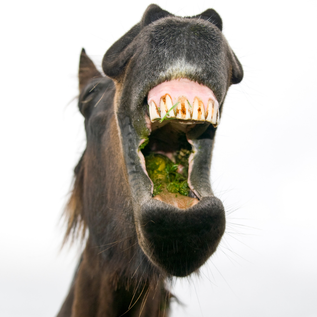




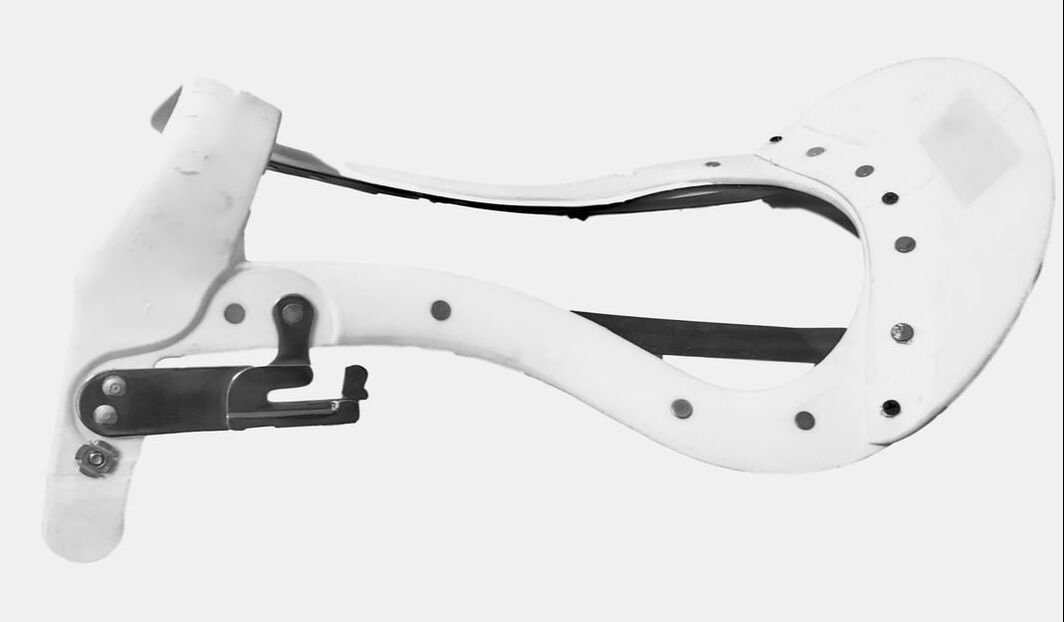

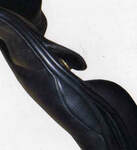
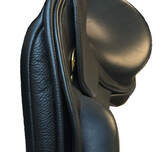
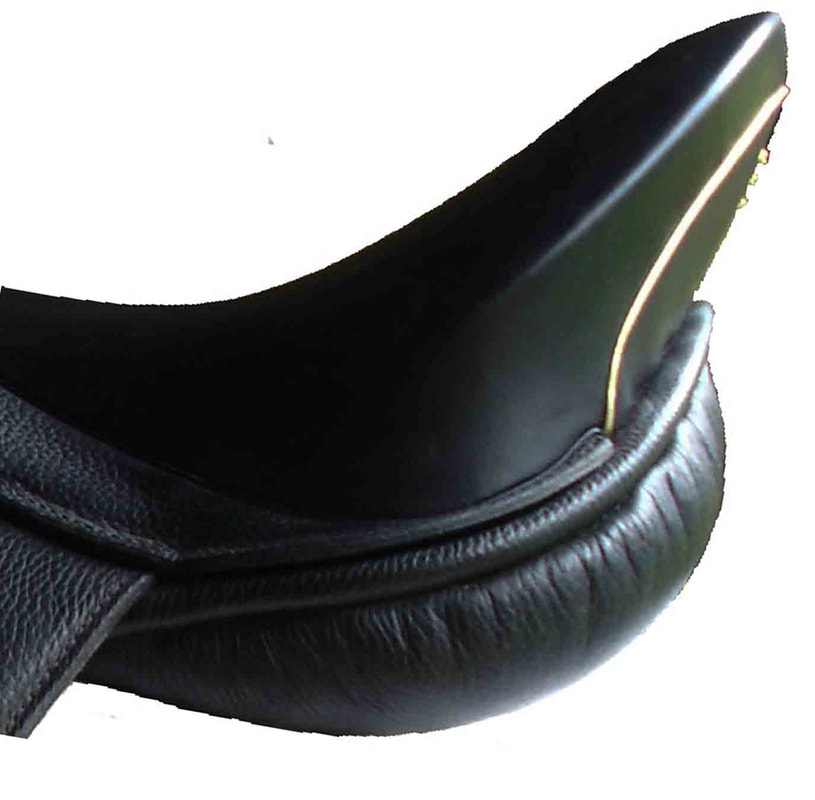


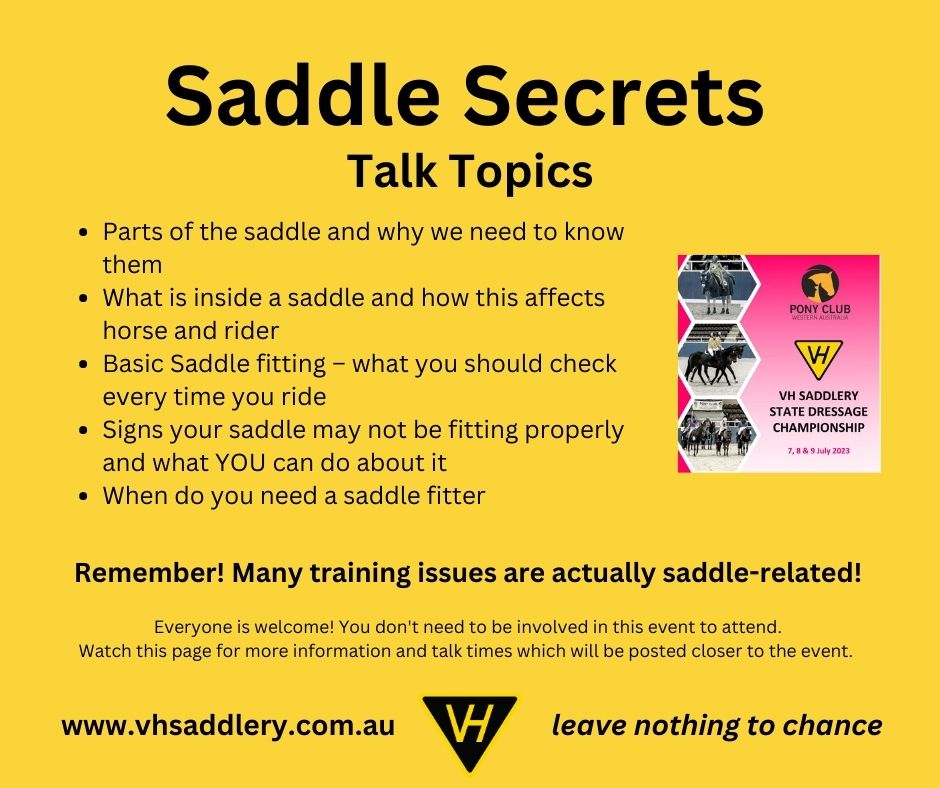


 RSS Feed
RSS Feed